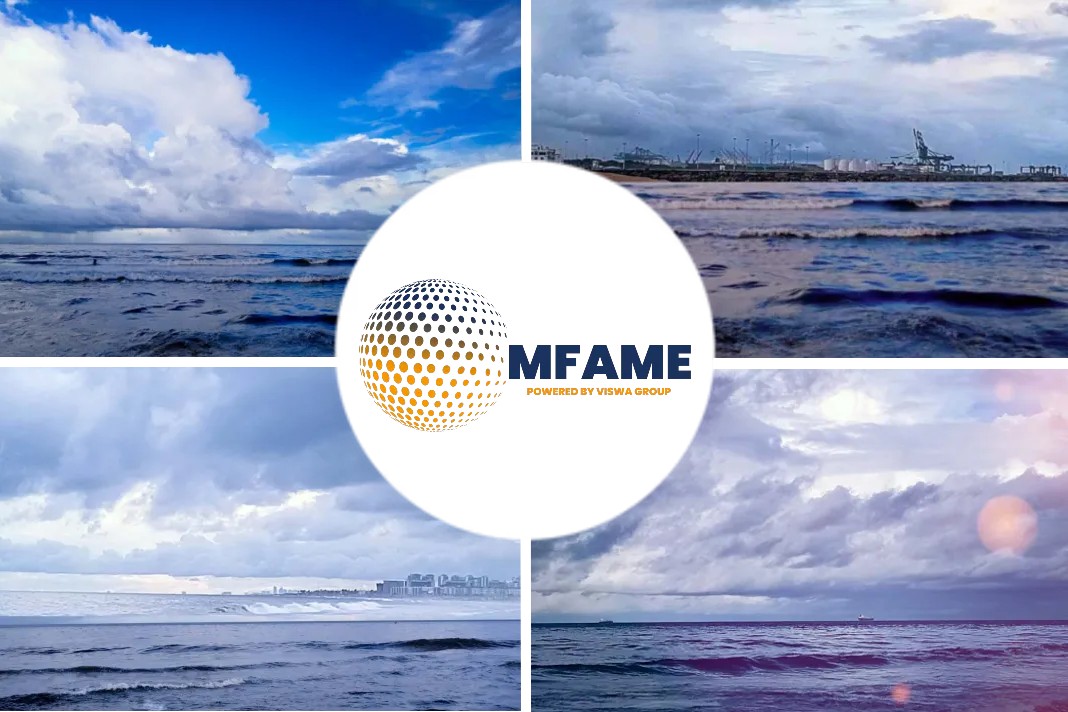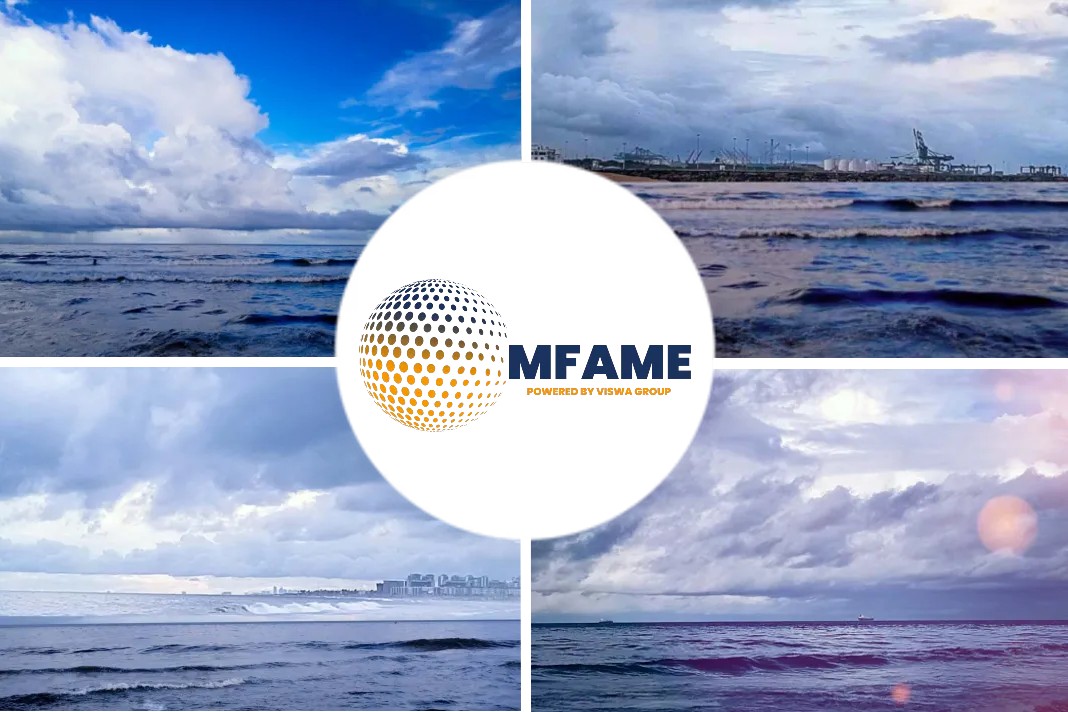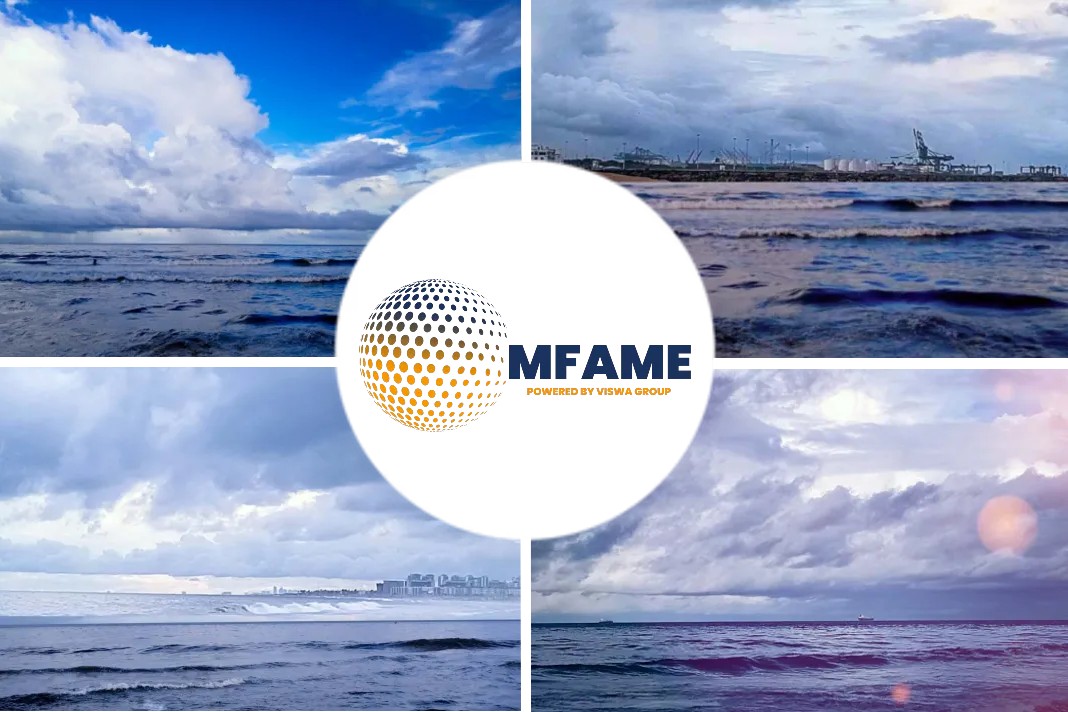- The Clarksons brokerage’s research team says that vessels taken offline for scrubber installations should reduce fleet growth by 1% on average through this year.
- The demand growth is expected at 2.6%, fleet growth is projected at 2.7% in 2020, the report said, adding that tonne-mile trade growth is predicted at 3.3%.
- Ships taken out of service for scrubber fittings will increase to 2.5% of the fleet from the usual 1% that enter drydock.
- The overall bulker fleet growth is projected at about 2.9% this year compared with trade growth of just 1.3% in tonnes and tonne miles.
- The bauxite trading benefits, Panamax growth fleet, and activity in the demolition markets has significantly improved in 2019.
According to an article published in Lloydlist, the dry bulk market is expected to gradually rebalance in 2020 as demand growth is projected to be almost equal to vessel supply growth.
Supply rebalancing
The dry bulk market should experience a rebalancing in supply and demand fundamentals from next year, according to Clarksons. While 2019 has so far seen a wide gap between vessel supply and trade figures, 2020 should see the two more or less come together.
“There is the potential for some gradual rebalancing next year,” the brokerage’s research team said in a report, warning that demand risks remain.
Active capacity growth
The International Maritime Organization’s sulphur cap, which comes into force on January 1, may bring positive news to the market, as “active capacity growth is expected to be reduced” by about 1% on average across 2019 through vessels being taken out of service for scrubber installations, it added.
Norden chief executive Jan Rindbo told Lloyd’s List last week that the IMO 2020 rule was the biggest change in his 25-year career in the shipping industry. He hopes that when markets are finely balanced, the effects will be more pronounced.
A critical bearing
Simpson Spence Young said in a report that fleet inefficiencies had “a critical bearing” on supply/demand balances, as scrubber-fitting absorbed tonnage and disrupted trading patterns.
According to Clarksons, the market balance looks negative, given those full-year figures, but recent trade trends may also lend some support, such as improving iron ore volumes compared with the first half of the year.
Bauxite trade benefits
Other trades providing support include bauxite, which is expected to grow by 19% to 138m tonnes this year, and anthracite, which is estimated to expand by 18% to 40m tonnes, with further gains projected in 2020.
The bauxite trade benefits from a tonne mile boost as Guinea has overtaken Australia to become the biggest supplier to China.
While steel products, petroleum coke, and raw sugar showing no growth this year, overall minor bulk trade expectations remain for a 4% gain, according to Clarksons. Major bulks, which are carried on larger-sized bulkers, are flat compared with the previous year.
Panamax trading fleet
The Panamax trading fleet sees the biggest growth this year, at 4.5% to 216m dwt, followed by 2.5% next year, while capsizes are expected to grow by 2.5% to almost 344m dwt this year, and another 4% in 2020, Clarksons data shows.
The handymax segment should see an expansion of 2.5% to 206m dwt this year, while the handysize sector grows by 2% to 102m dwt versus 2018.
Demolition activity set to increase
According to Banchero Costa, demolition activity is expected to increase to about 10m dwt this year from 4m dwt in 2018, due to “more modest market expectations” combined with the impact of sulphur and ballast water regulations.
But newbuilding deliveries are also expected to rise to 37m dwt this year from 27.4m dwt last year, it added in a note.
Did you subscribe to our daily newsletter?
It’s Free! Click here to Subscribe!
Source: LloydsList





















